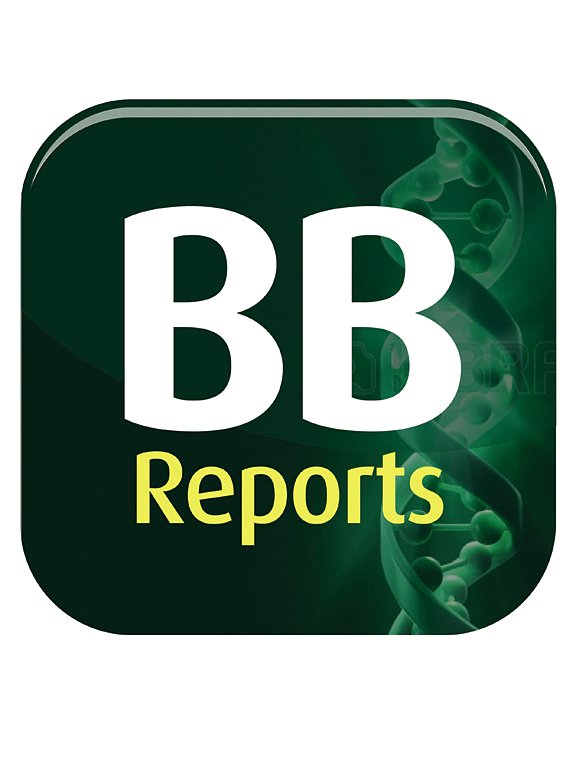Unveiling functional module associated with fungal disease stress in barley (Hordeum vulgare)
IF 2.3
Q3 BIOCHEMISTRY & MOLECULAR BIOLOGY
引用次数: 0
Abstract
Fungal infections pose a considerable threat to the cultivation of barley (Hordeum vulgare) and often limit the crop yield. During infection, the transcriptome undergoes extensive reprogramming involving several regulatory pathways. To address this complexity, we performed a comprehensive meta-analysis and co-expression network analysis using rigorously curated RNA-seq datasets from three different fungal diseases. Pre-processing of the data, including batch effect correction, ensured high-quality integration of the datasets. Module-trait relationship (MTR) analysis identified functional modules associated with fungal disease response. Hub genes within these modules were prioritized by multi-model centrality analyses using Cytoscape, which considered the metrics Degree, Closeness, Betweenness and Maximum Clique Centrality together with the MCODE algorithm to detect densely connected subclusters. These hub genes were further validated by cross-validation and receiver operating characteristic (ROC) curve analysis and achieved AUC values greater than 0.7, confirming their robustness. A total of 6688 consistently expressed genes were identified, including 879 upregulated and 701 downregulated genes. Co-expression networks revealed 19 different gene modules, six of which were significantly associated with the response of barley to fungal infection. The blue module in particular was associated with immune responses such as activation of the MAPK cascade and pathogen recognition, while the green module correlated with defence mechanisms and secondary metabolism. The hub genes within these modules showed high predictive power for fungal resistance, as shown by the AUC values of the ROC curve of over 0.7, emphasizing their potential as biomarkers. This study uniquely integrates multiple RNA-seq datasets to identify novel regulatory networks and hub genes, including 345 transcription factors (TFs) from different families, with MYB and bHLH being particularly abundant. The results provide valuable insights into regulatory networks associated with fungal disease response in barley. These results can support genomic selection and marker-assisted breeding programs and accelerate the development of resistant varieties.
求助全文
约1分钟内获得全文
求助全文
来源期刊

Biochemistry and Biophysics Reports
Biochemistry, Genetics and Molecular Biology-Biophysics
CiteScore
4.60
自引率
0.00%
发文量
191
审稿时长
59 days
期刊介绍:
Open access, online only, peer-reviewed international journal in the Life Sciences, established in 2014 Biochemistry and Biophysics Reports (BB Reports) publishes original research in all aspects of Biochemistry, Biophysics and related areas like Molecular and Cell Biology. BB Reports welcomes solid though more preliminary, descriptive and small scale results if they have the potential to stimulate and/or contribute to future research, leading to new insights or hypothesis. Primary criteria for acceptance is that the work is original, scientifically and technically sound and provides valuable knowledge to life sciences research. We strongly believe all results deserve to be published and documented for the advancement of science. BB Reports specifically appreciates receiving reports on: Negative results, Replication studies, Reanalysis of previous datasets.
 求助内容:
求助内容: 应助结果提醒方式:
应助结果提醒方式:


